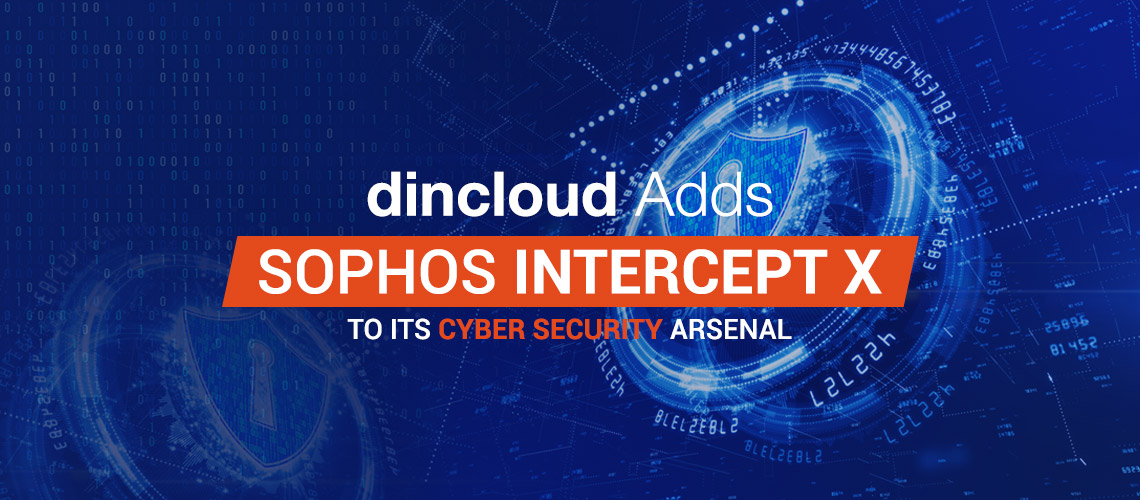As the impact of Covid-19 deepens further, organizations have further accelerated their pace of adopting cloud technologies. By now, even those entities are riding the cloud bandwagon that were initially reluctant to do so.

It is pertinent to mention that most cloud infrastructures have stringent security measures in place. However, it is wrong on the part of migrating entities to have false presumptions about security measures in cloud environments.
Also Read: How Cloud Security Fares Against Cyber Threats and Vulnerabilities?
The Rising Adoption of Cloud and Impact on Security
As the adoption rates of cloud services skyrocket, there is a proportionate increase in the risks associated with these environments. As a natural consequence of this trend, the overall “threat surface” is also constantly increasing in case of cloud services.
Cloud and False Presumptions on Security
Perhaps the most damaging mindset in case of cloud migrations is having false presumptions about how security will be managed in the cloud. The biggest misconception on the part of migrating entities is that post migration, security is the sole domain of CSP.
This misconception on the part of cloud users about Cloud Service Providers (CSP) is that after migrating to the cloud, the entire burden of cyber security will be shouldered by the CSP. Having this false perception can be detrimental to your security posture.
Also Read: Remote Work and Home Network Security
Endpoint Devices
This risk vector relates to all those individual devices that are used by cloud users to access their respective cloud architectures. If these devices are not properly secured or their login credentials fall into the wrong hands, your cloud security becomes compromised.
So, it is imperative that you ensure safety of endpoint devices that are being used to access cloud environments. These devices should be regularly updated and patched with the latest security updates to keep them abreast of the latest cyber threats out there.
Also Read: Post Pandemic Priorities for Cyber Security
Access Management
Cloud environments work according to a well defined mechanism for access management. This is a system whereby authorized users access the cloud to perform their respective roles. These can include users with admin level access or simply end users.
So, it is imperative that your Cloud Service Provider (CSP) has a well defined system for managing access to cloud resources. Take the example of dinCloud, which has a robust Two Factor Authentication (2FA) system in place that manages user’s access rights.
In most cases of network or data breach, cyber miscreants gain admin level access rights to the architecture and wreak havoc with organizational data. With a system in place to authenticate each user, such incidents can almost be eliminated.
Also Read: Why Should Cloud Security Evaluation be Your Top Priority?
Zero Trust Security Model
Although most organizations agree with the notion of zero trust security, a handful of them go on to implement the same in true letter and spirit. While organizations may feel it is cumbersome, the long term dividends of zero trust are worthwhile.
This model emphasizes that unless each end user has been fully authenticated, access to the cloud architecture should not be granted. An extension of this model is when the system also prevents any attempt to gain unauthorized access to the network.
Also Read: Cloud Security Market to Reach $68.5 BN by Year 2025
Shared Responsibility Model of Cloud Security
It is imperative for cloud users to understand that cloud security works under a “shared responsibility model”. As per this system, some aspects of the cloud security will be the responsibility of the end users, while the bulk will be managed by the cloud provider.
dinCloud and Cyber Security
We are a leading Cloud Service Provider (CSP) with an impeccable track record in cyber security. dinCloud attaches top priority to security and for this very reason, we have a holistic and multi layered approach to ensure our cloud services are fully secure.
Also Read: Work from Home and Cloud Security Challenges
Sophos Intercept X for Endpoints and Servers

Over the years, dinCloud has been constantly improving its security posture. With the integration of Sophos Intercept X security suite for endpoints and servers, dinCloud has taken its cyber security posture to new heights.
This suite of security tools by Sophos, which is a global leader in security, is a major milestone in dinCloud’s journey of delivering fully secured cloud services. This suite of security tools protects your endpoint devices as well as cloud hosted virtual servers.
Conclusion
At dinCloud, we constantly strive to improve our cyber security to the best extent possible. When it comes to security, we deploy nothing short of world class solutions that are not only effective against known threats, but also equally good for emerging ones.
Feel free to Contact Us in case you want to learn more about security at dinCloud or one of our best in class cloud services being offered at a flat rate subscription model.


